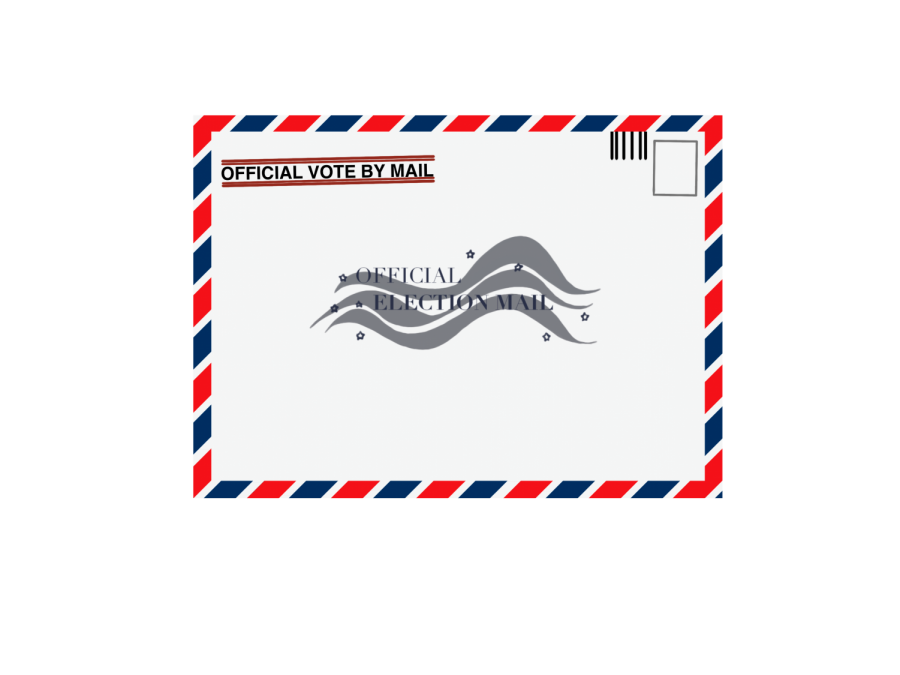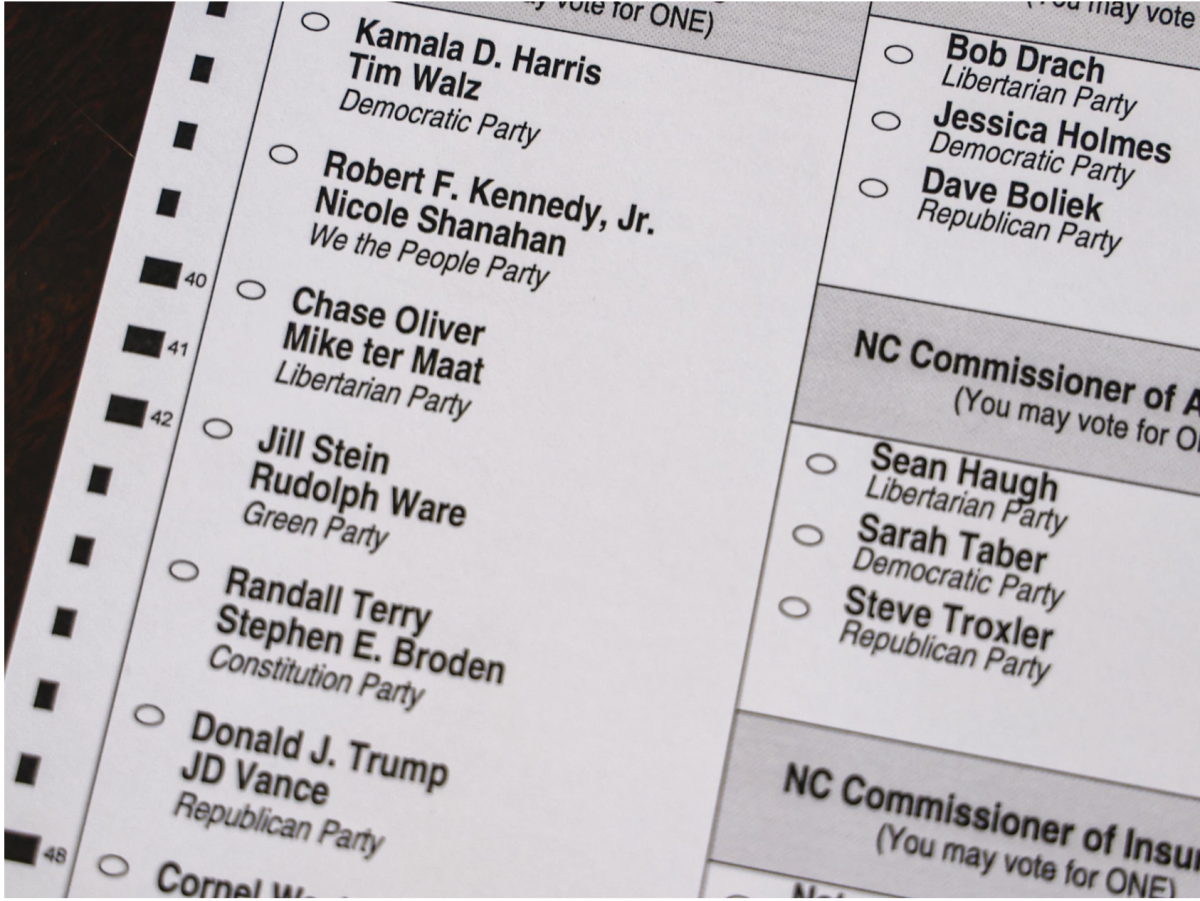COVID-19 has altered nearly every facet of life as we know it, and will certainly play a major role in this year’s election. Not only will COVID-19 responses and management plans of politicians affect who people will vote for, but the way in which we vote will drastically change.
In response to COVID-19, states have expanded voting access. In several states, including California, there is universal vote-by-mail in which all registered voters are sent mail-in ballots automatically. Dozens of other states are allowing people to request mail-in ballots without having to provide a reason why. Only five states will still require voters to meet certain criteria in order to qualify to receive a mail-in ballot, such as having a disability or being an active military member.
Vote-by-mail is a popular option among voters. In the past, Californian voters have been able to request absentee ballots. In 2018, about two-thirds of voters submitted their ballots in the mail and it is likely an even higher proportion will vote-by-mail this election. This is because vote-by-mail makes voting easy and convenient.
Congress created a law in the 1840’s that mandated presidential elections to be held every four years on the first Tuesday of November. While this may have been the best time for people in the past, in today’s society, the middle of the week is probably the worst possible time to schedule a national election. People usually have work or other obligations on Tuesdays and the polls are only open during a certain time frame. Some people may not have the time or the option the leave work to go vote at the polls in-person.
When voting by mail, voters don’t face this obstacle. Instead, they can fill out their ballot in the comfort of their own home and take as much time as needed. Then, to return their ballot, they can either mail it back or place it in the nearest drop box location. They can also track their ballot online to ensure their vote gets accepted.
Past research has shown that vote-by-mail can result in higher levels of voter turnout, particularly because it aims at those who may not vote otherwise. Colorado implemented universal vote-by-mail in 2013 and has since seen an increase in turnout among racial minority groups, low-income individuals, high school dropouts and younger voters — a group that is notoriously known for having low voter turnout.
Looking back at the primaries earlier this year, we have already seen a significant increase in voter turnout in several states as more people are opting to vote-by-mail. In California, there is a record number of people who have already submitted their ballots by mail for the general election. It is important we continue to see these high levels of voter turnout up until Election Day.
The United States historically has low levels of voter turnout compared to other advanced, industrial democracies. Mail-in ballots can be part of the solution to getting a better voter turnout rate. Going forward, all states should adopt universal vote-by-mail policies to allow more people to vote. We are already seeing the positive impact of universal mail-in ballots. When more people participate, voting becomes an even more powerful tool of our democracy.
Contrary to what the president may be saying about mail-in ballots, vote-by-mail is extremely secure and reliable. Experts have consistently confirmed voter fraud is incredibly rare and has no impact on election results. It also does not favor one party over another. It merely increases voter participation across the board.
Whether you choose to vote in-person or vote-by-mail, make sure your voice gets heard. Get informed and help make sure your friends and family’s votes count too. The power is in the people, so get out the vote!
Catherine Van Weele is a senior studying political science and economics. Follow her on Twitter @catievanweele.










